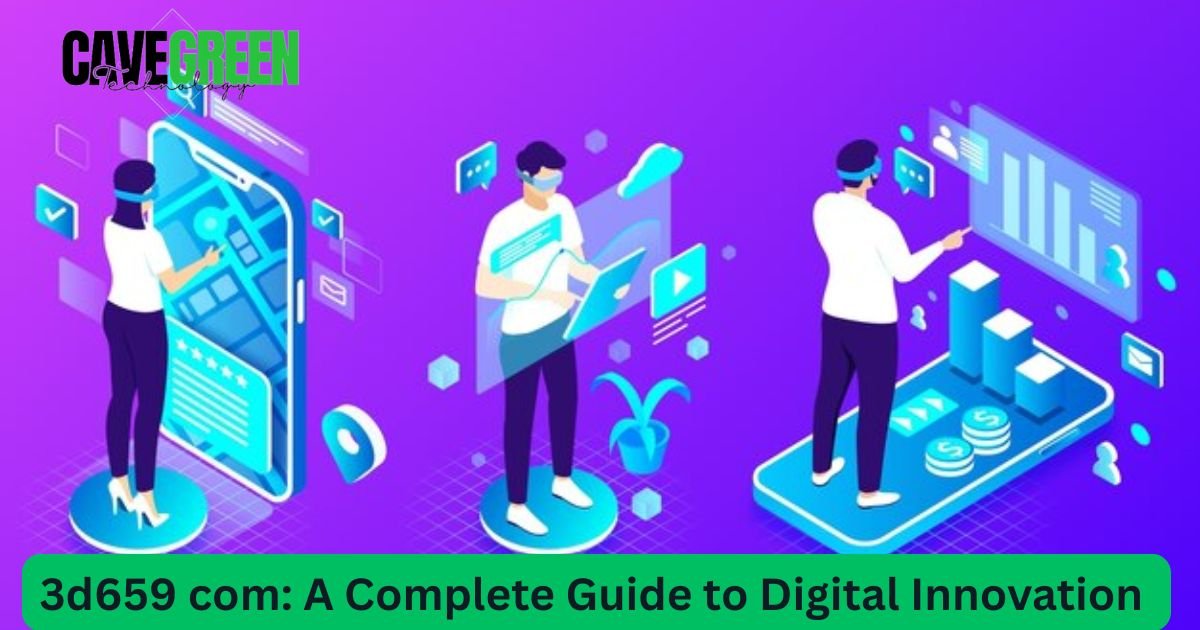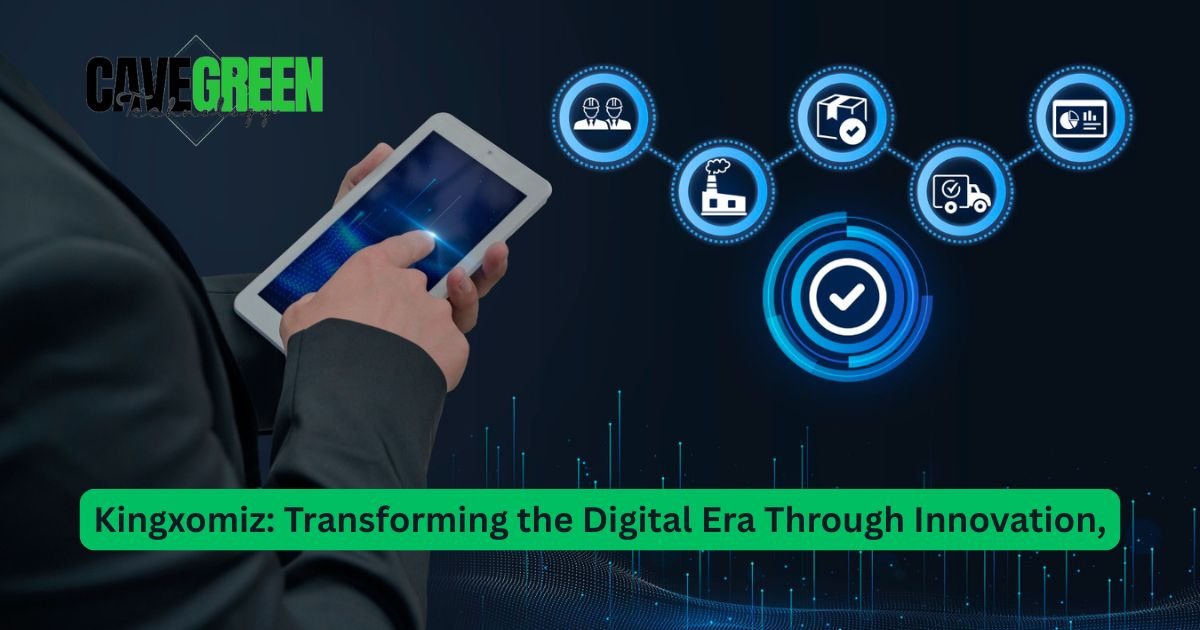Launching a product is a critical milestone for any company. It’s the culmination of extensive research, development, and strategic planning. However, the success of a product launch can often determine the future trajectory of the product and, by extension, the company. Here are expert tips from a top product marketing consultant on how to maximize your product launch.
Understanding Your Market and Audience
Before you even think about the launch, you need a deep understanding of your market and target audience. This involves:
- Conducting Market Research: Use surveys, focus groups, and competitive analysis to gather information about your potential customers and existing competitors.
- Identifying Pain Points: Understand the problems your target audience faces and how your product can solve them better than the competition.
- Segmenting Your Audience: Divide your market into segments to tailor your marketing messages more effectively.
Crafting a Compelling Value Proposition
Your value proposition is the promise you make to your customers about the benefits of your product. To craft a compelling value proposition:
- Highlight Unique Selling Points (USPs): Clearly articulate what makes your product stand out.
- Focus on Benefits, Not Features: Customers care more about how your product can improve their lives rather than the technical specifications.
- Keep It Clear and Concise: Your value proposition should be easily understood at a glance.
Building a Comprehensive Marketing Plan
A successful product launch requires a well-thought-out marketing plan. This plan should include:
Pre-Launch Phase
- Teasers and Announcements: Generate excitement with teaser campaigns and official announcements across your marketing channels.
- Content Marketing: Create blog posts, videos, and social media content that educate your audience about the product and its benefits.
- Influencer Partnerships: Collaborate with influencers in your industry to reach a broader audience.
Launch Phase
- Press Releases: Distribute press releases to relevant media outlets to gain coverage.
- Launch Event: Host a virtual or in-person event to showcase your product and engage with your audience directly.
- Special Offers: Provide limited-time offers or discounts to encourage immediate purchases.
Post-Launch Phase
- Customer Feedback: Collect and analyze feedback to understand what’s working and what needs improvement.
- Continuous Engagement: Keep the momentum going with follow-up content and updates.
- Performance Metrics: Track key performance indicators (KPIs) to measure the success of your launch and refine your strategy.
Leveraging Multi-Channel Marketing
In today’s digital age, it’s essential to utilize multiple marketing channels to reach your audience. Consider the following:
- Social Media: Use platforms like Facebook, Instagram, LinkedIn, and Twitter to share updates, engage with customers, and run targeted ads.
- Email Marketing: Build an email list and send newsletters to keep your audience informed and engaged.
- Search Engine Optimization (SEO): Optimize your website and content to improve visibility in search engine results.
- Paid Advertising: Invest in pay-per-click (PPC) campaigns on platforms like Google Ads to drive traffic and conversions.
Creating an Engaging Launch Event
A launch event can be a powerful way to generate buzz and connect with your audience. To create an engaging launch event:
- Plan Ahead: Choose a date, time, and format (virtual or in-person) well in advance.
- Invite Influencers and Media: Increase the reach of your event by inviting industry influencers and media representatives.
- Offer Interactive Elements: Include Q&A sessions, live demos, and interactive polls to keep attendees engaged.
- Promote the Event: Use your marketing channels to promote the event and encourage registrations.
Ensuring Product Readiness
Your product should be thoroughly tested and ready for market before the launch. This involves:
- Quality Assurance (QA): Conduct rigorous testing to identify and fix any issues.
- Beta Testing: Release the product to a select group of users to gather real-world feedback.
- Scalability: Ensure that your production and distribution processes can handle the anticipated demand.
Preparing Your Team
A successful launch requires coordination across various departments. Make sure your team is prepared by:
- Aligning Objectives: Ensure that everyone understands the launch goals and their role in achieving them.
- Training: Provide training to customer service, sales, and support teams on the product features and benefits.
- Communication: Establish clear lines of communication to address any issues that arise quickly.
Post-Launch Analysis and Optimization
After the launch, it’s important to analyze the results and make necessary adjustments. This involves:
- Reviewing KPIs: Assess metrics such as sales figures, website traffic, and social media engagement.
- Customer Feedback: Listen to customer feedback to understand their experience and identify areas for improvement.
- Continuous Improvement: Use the insights gained to refine your product and marketing strategies for future launches.
Conclusion
Maximizing your product launch involves meticulous planning, understanding your market, crafting a compelling value proposition, and executing a comprehensive marketing plan. By leveraging multiple marketing channels, creating engaging launch events, ensuring product readiness, and preparing your team, you can set the stage for a successful launch. Post-launch, analyzing results and optimizing your approach will help you continue to drive success. With these expert tips from a top product marketing consultant, you can increase your chances of a successful product launch that resonates with your audience and drives significant business growth.





